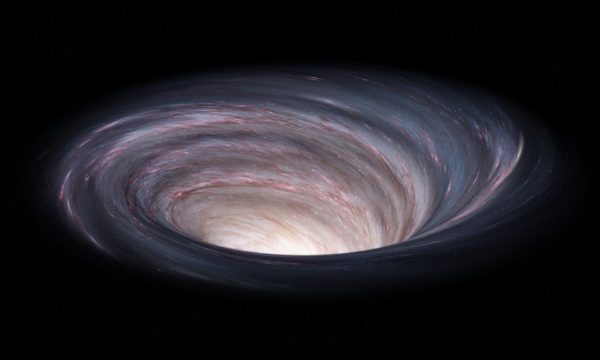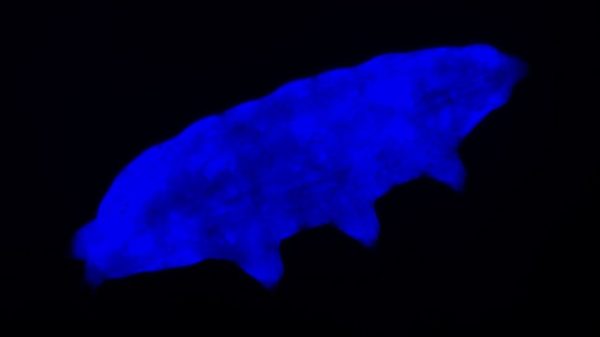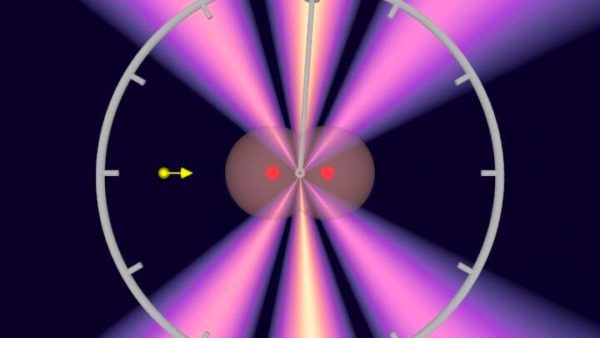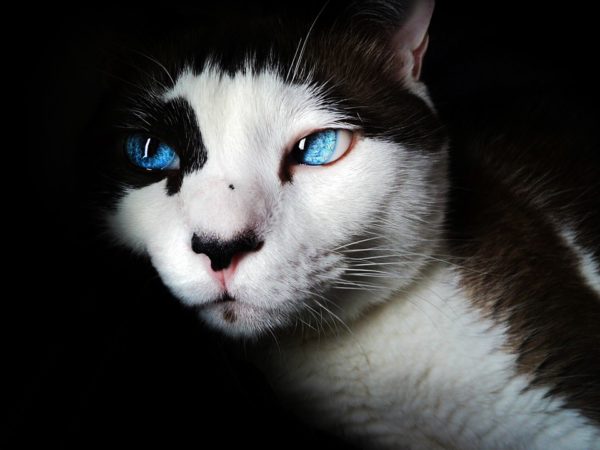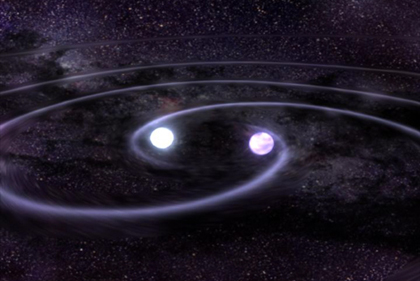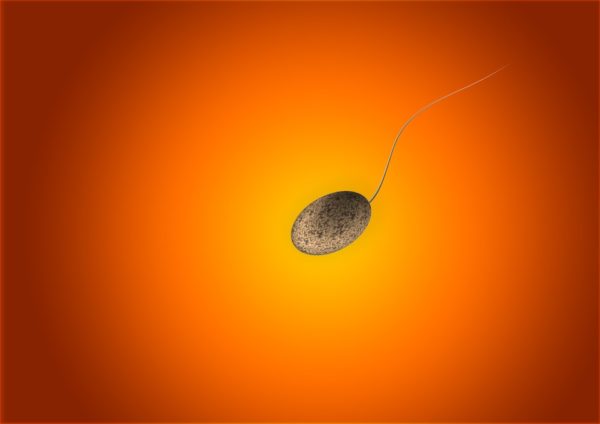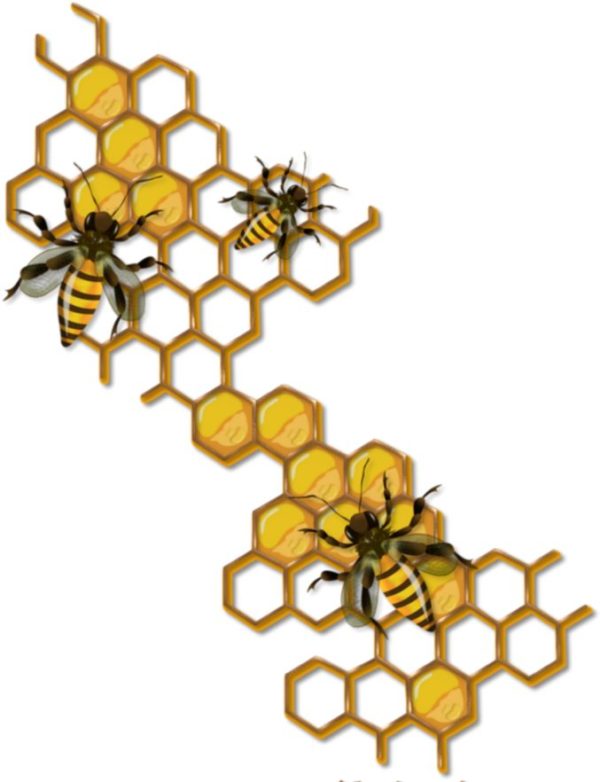Science Explains Fairy Circles
Fairy circles might finally make sense. These regular barren patches that pop up in grasslands in Australia and Namibia have long created controversy, with some researchers arguing that they might be the result of underground termite activity. But now, the most detailed monitoring effort ever shows that fairy circles are engineered by the grasses themselves. The research, published Sept. 21 in the Journal of Ecology, reveals how harsh, dry conditions in Australia, punctuated by occasional heavy rainstorms, create a hostile crust of clay that makes up the barren part of the fairy circles. But water runs off this crust, creating … Read more




